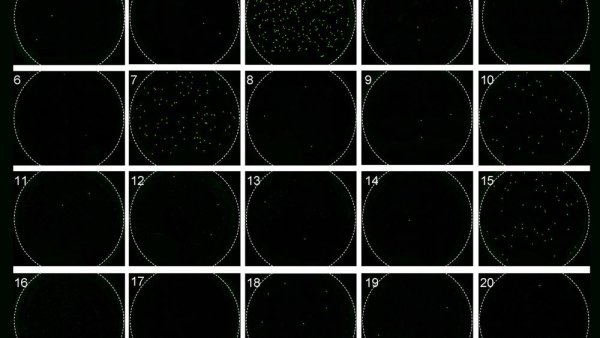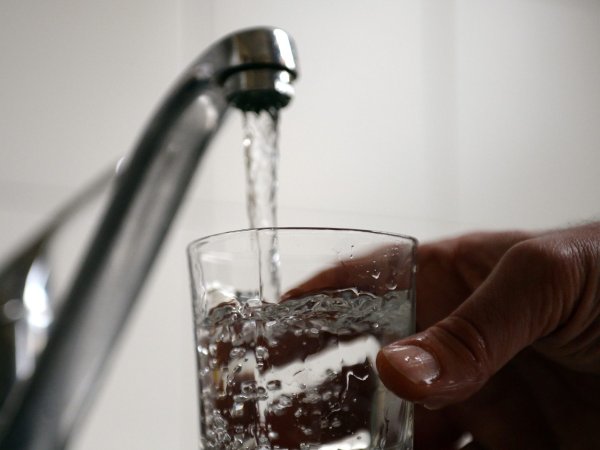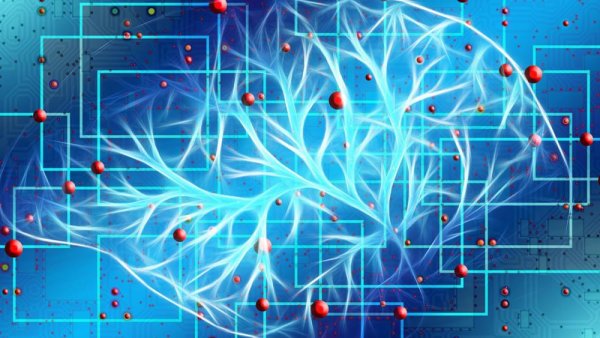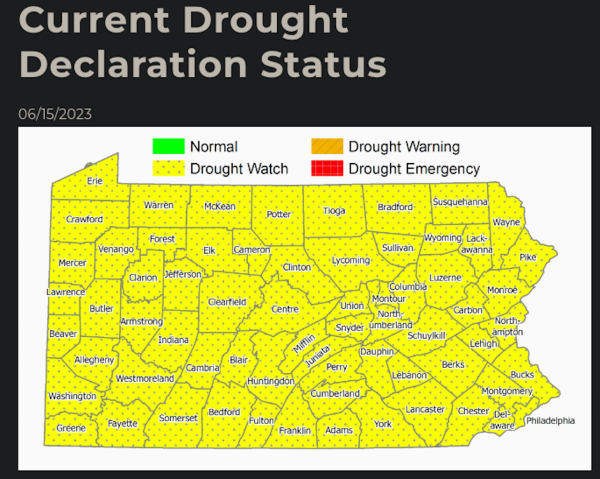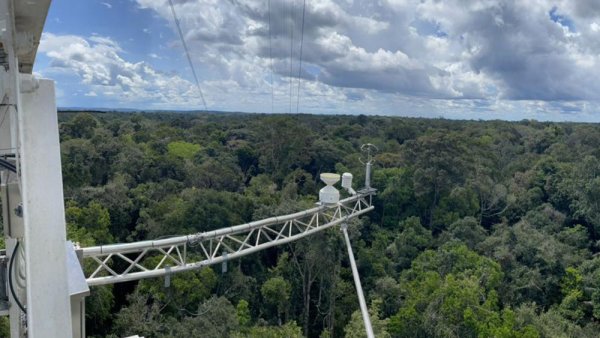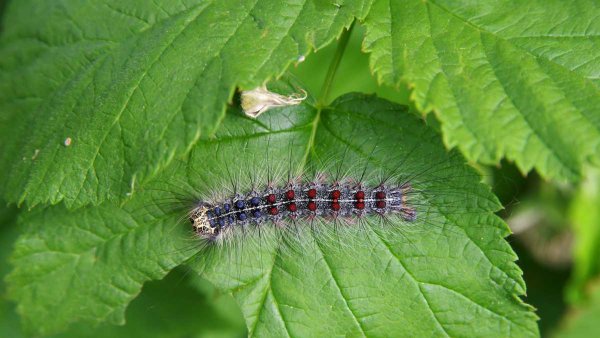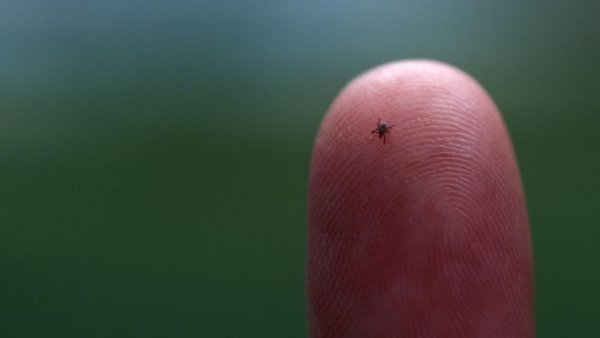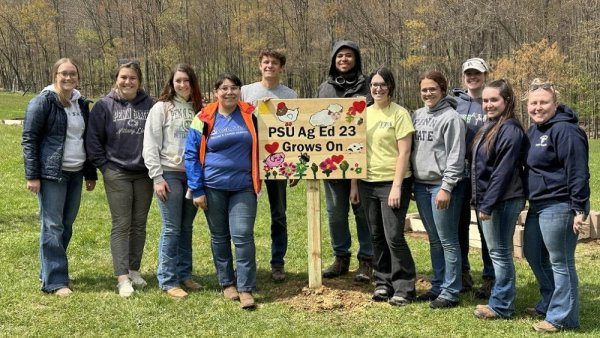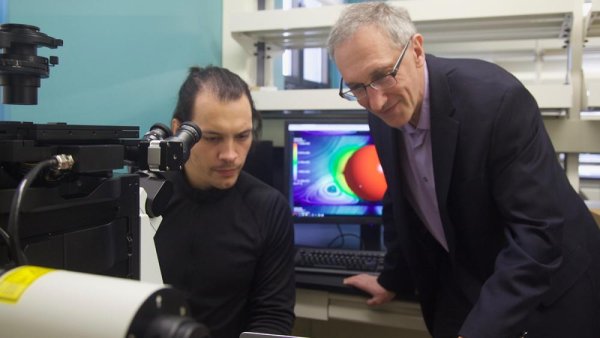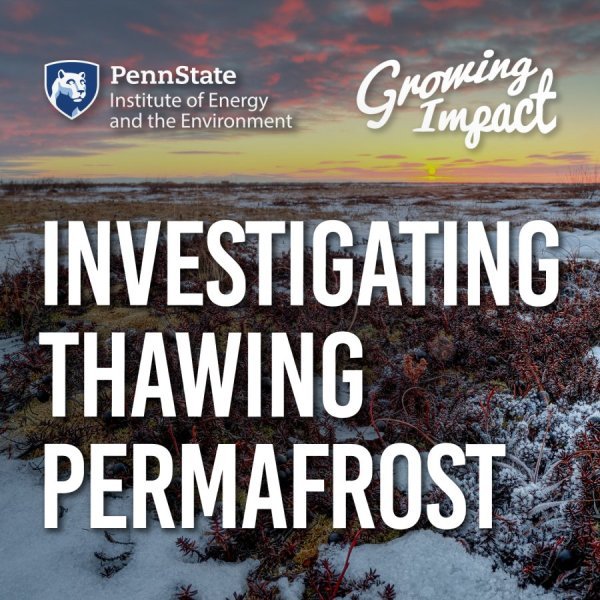Penn State researchers develop digital test to directly measure HIV viral load
| psu.edu
A Penn State research team has developed a time and cost-efficient digital assay that can directly measure the presence of HIV in single drop of blood. It's the first step in producing a clinical diagnostic tool that can help physicians understand how patients are responding to anti-viral medications and monitor potential progression.
3D-printed ceramics may increase gas turbine fuel efficiency, researchers report
| psu.edu
A team that includes Penn State researchers recently 3D printed a turbine component with ceramics, which are more heat tolerant than the conventional metals. The resulting component has complex internal cooling features that enable it to withstand higher temperatures and, as a result, increase fuel efficiency.
More engagement in tech design can improve children’s online privacy, security
| psu.edu
Researchers led by the Penn State College of Information Sciences and Technology reviewed a body of research to better understand the problems and solutions of designing technology with children’s privacy and security in mind. They are presenting their findings at the Association for Computing Machinery Interaction Design and Children Conference this month.
Drought conditions in Pennsylvania expected to last several months
| stateimpact.npr.org
A dry summer could be on the horizon.
Guido Cervone co-authors national report on ethical artificial intelligence use
| psu.edu
From facial recognition on smart phones to digital voice assistants like Siri to tools like ChatGPT, artificial intelligence and machine learning are part of our everyday lives. Their benefits are many, but their rapid rise is also spurring questions about their risks. The ethical use of artificial intelligence and machine learning in scientific research is also becoming a more visible and important consideration, according to Guido Cervone, professor of geography and meteorology and atmospheric science at Penn State.
Search underway for next vice president for Commonwealth Campuses at Penn State
| psu.edu
Penn State has launched a national search for its next vice president for Commonwealth Campuses and executive chancellor.
Pennsylvanians asked to cut water use as state enters drought watch
| stateimpact.npr.org
During a drought watch, the focus is on increased monitoring, awareness and preparation in case conditions get worse.
Fuentes brings climate science message to Brazil on Fulbright Fellowship
| psu.edu
Jose D. Fuentes, professor of atmospheric science at Penn State, is spending four months in Brazil this spring and summer on a Fulbright Fellowship to foster collaboration between scientists in the two countries and to speak about the impacts of climate change.
The gypsy moth has a new name, could do more damage this year
| wjcl.com
Parts of the U.S. are experiencing a significant spongy moth invasion this year. Here's how to tell if you have them in your yard and how to deal with them. This article quotes Michael Skvarla, assistant research professor of arthropod identification.
The Medical Minute: Know the risks from ticks this summer
| psu.edu
A Penn State Health infectious diseases physician and researcher shares his insights about the various health risks from the blacklegged tick, also known as the deer tick.
'Teach Ag' students in Penn State’s College of Ag Sciences build community ties
| psu.edu
Building community relationships is a fundamental aspect of the curriculum for future teachers majoring in agricultural and extension education. The 2023 Teach Ag cohort in Penn State’s College of Agricultural Sciences participated in two projects to develop their skills in this area and learn more about food insecurity across the commonwealth.
Penn State researchers use ultrasound to control orientation of small particles
| psu.edu
Using ultrasound technology and a nozzle, Penn State researchers have separated, controlled and ejected different particles based on their shape and various properties. The demonstration could have implications for drug delivery and bioprinting, according to lead researcher Igor Aronson, Penn State Dorothy Foehr Huck and J. Lloyd Huck Chair Professor of Biomedical Engineering and professor of chemistry and of mathematics.

